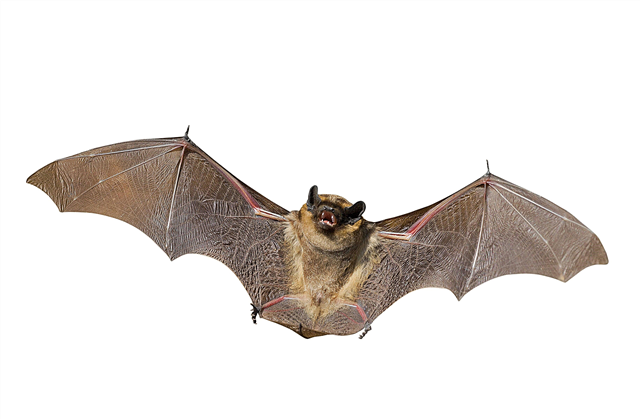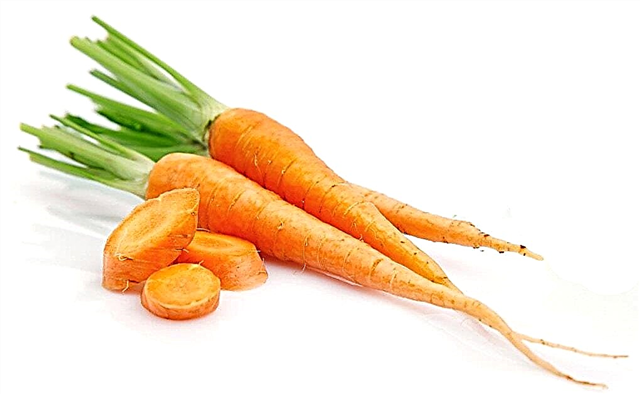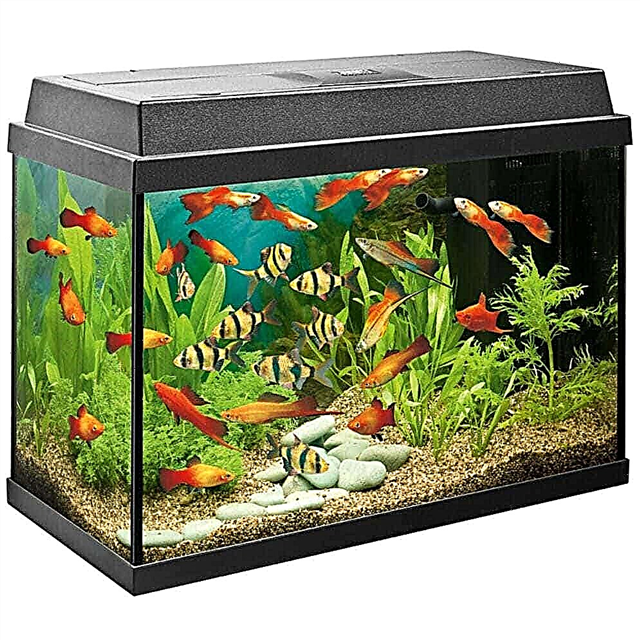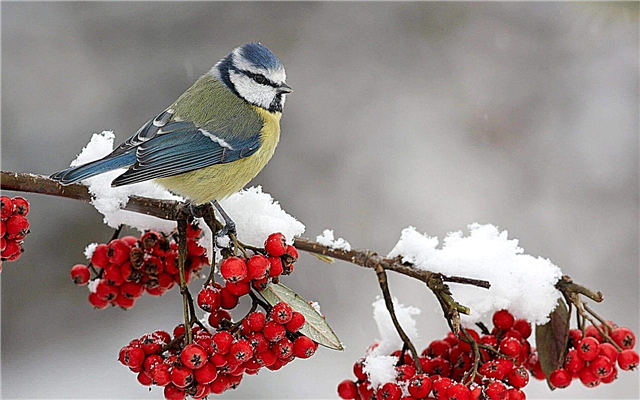
When the first Spanish conquistadors, who set foot on American soil, saw amazing numb creatures hanging on trees, they considered them the embodiment of laziness and idleness - one of the most serious sins. However, the great conquerors were mistaken.
Dwelling in trees
In the jungles of Central and South America, amazing mammals live - sloths. These small creatures, covered with hard hair, 50–65 cm long, are not similar to any of the representatives of the fauna world. Phlegmatic and difficult to rise, 90% of their lives are spent in the crowns of trees.

On earth, sloths are a miserable sight. Long bent claws do not allow them to run. All that helpless animals can do is to crawl slowly on their stomachs. Therefore, they inhabit the crowns of trees, hanging their backs down at an altitude of 30–40 m.
This lifestyle has left its mark on the anatomy of mammals. The liver is located at the back, the spleen has moved to the right. The trachea manages to bend twice, and the intestines and stomach are disproportionately large. The neck consists of 6–9 vertebrae, the head rotates 270 °.
Interesting fact: unlike other arboreal mammals (martens, squirrels, kuzu), sloths never empty the bladder and intestines among the branches. To cope with great and small need, animals perform a feat, leaving their homes and descending to the ground. But not for long and only once a week.
The reasons for the slowness of sloths
Crowns of trees for sloths are both a father's house and a dining room rich in food. That's just the calorie laden lunch: rude leaves are extremely nutritious. To assimilate them, the body of the animal takes about 90 hours. Poor diet and slow digestion of food have led to inhibition of metabolism, accounting for only one third of the expected level for mammals weighing 4–9 kg.

So there are sluggish creatures in the mode of constant energy saving. They sleep 9-15 hours a day, and during wakefulness lead an inactive lifestyle. The animals move slowly and awkwardly, breaking a day no more than 20 m and "accelerating" to 150 m / h.
Interesting fact: clumsy on land, in the water element sloths are transformed. Representatives of the toothed squad are skilled swimmers at a speed of 4 km / h. The stomach, whose weight is 25% of the weight of the animal, keeps its owner afloat, and a slow metabolism allows 40 minutes to do without breathing.
Adaptation of animals to a sedentary lifestyle affects their physiology. Thus, a multi-chamber stomach with four muscular sections is adapted for long continuous operation. Thermoregulation is also unique. On cool nights, the sloth's body temperature drops to 20 ° C, and in the midday heat rises to 35 ° C.
Safe life
Slowness and unwillingness to leave their homes serve a peaceful beast a good help. The main enemies of the sloth - cougars and jaguars - hunt on the ground, where the inhabitants of tree crowns descend only in extreme cases. In addition, defenseless-looking creatures can stand up for themselves.When attacked, they roll over onto their backs and offer resistance, waving their paws with awesome 8-centimeter claws.
A much more serious danger is presented by large birds of prey, capable of raising a weighty 5-kilogram body. But sloths also have protective measures against feathered hunters famous for their visual acuity. This is animal hair. Its greenish tint merges with dense foliage and is an ideal disguise.
Such an unusual color of the hairline is not an inborn feature. It's all about the unique shape of the wool. Each of them is covered with transverse cracks in which Trichophilus welckeri, bluish-green photosynthetic algae, develops and lives. Lipid-rich organisms not only play the role of living camouflage. Scientists believe that they supply their furry hosts with nutrients.
The slowness of sloths is not at all a manifestation of the imposingness and apathy of these unusual animals. This feature of the behavior of the four-legged inhabitants of Central and South America is due to the low calorie content of their diet. After all, in order to save energy, adhering to the strictest diet, you need to lead a sedentary lifestyle and not waste precious forces.












